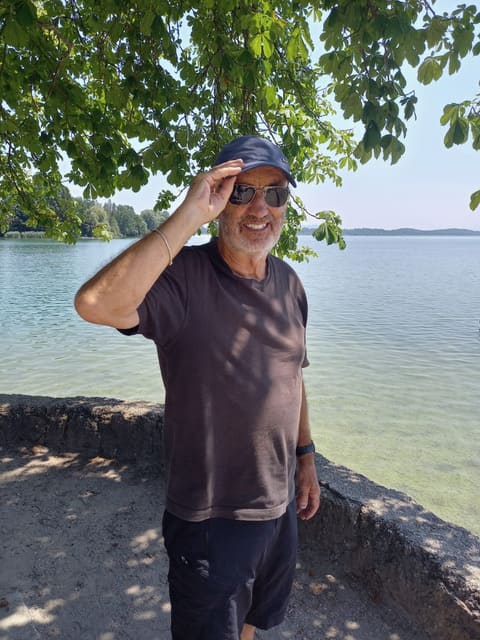





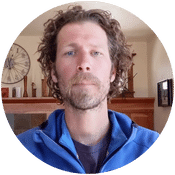


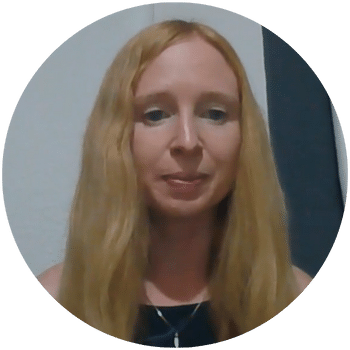
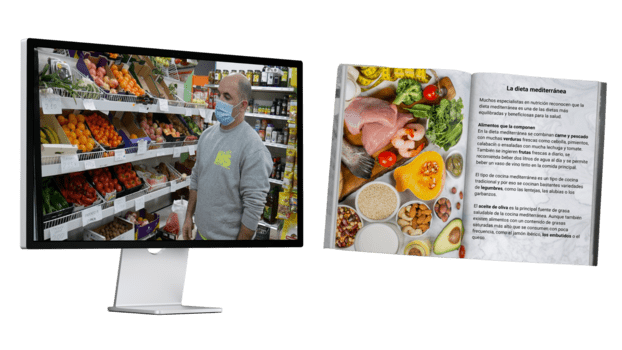
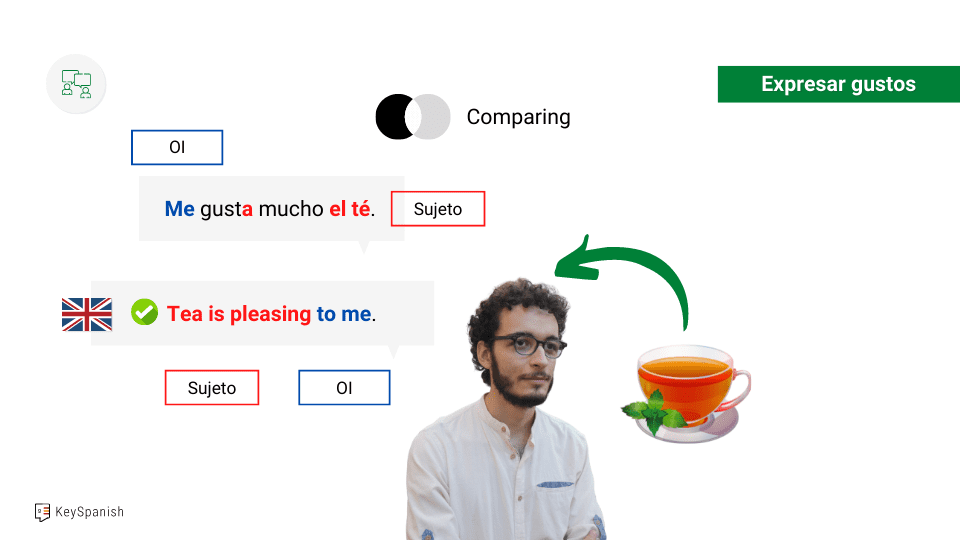
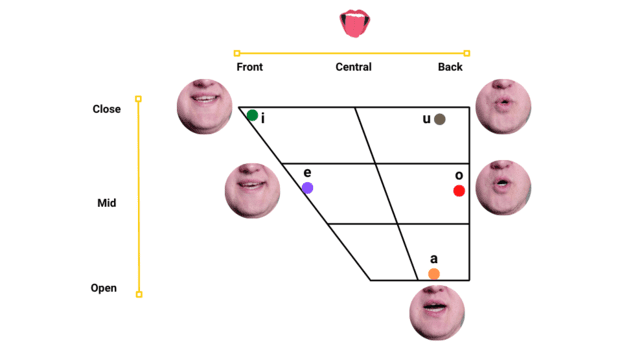
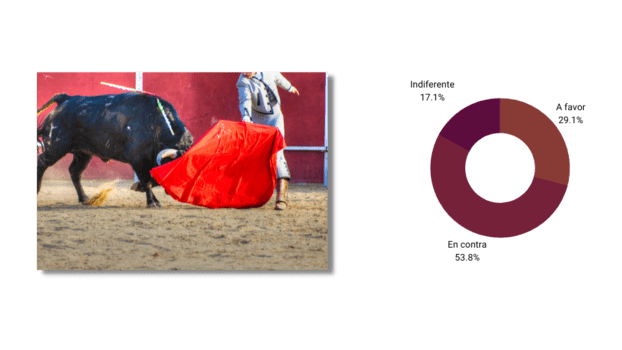
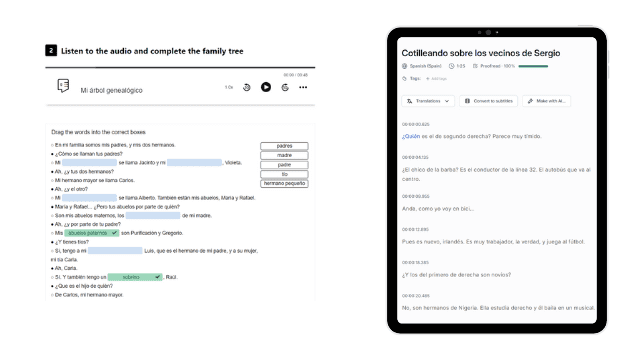
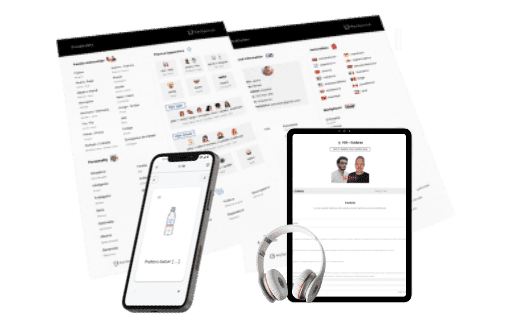
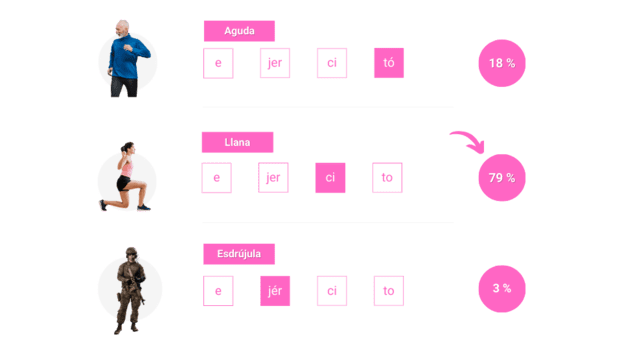
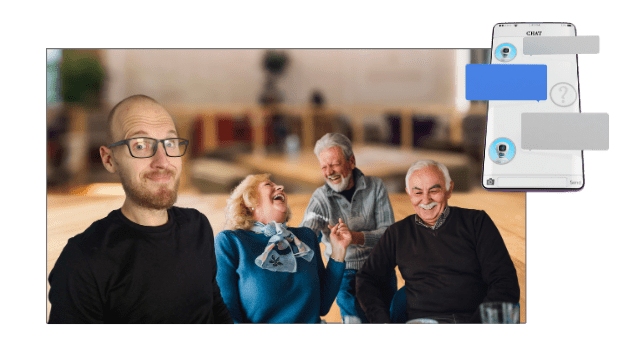

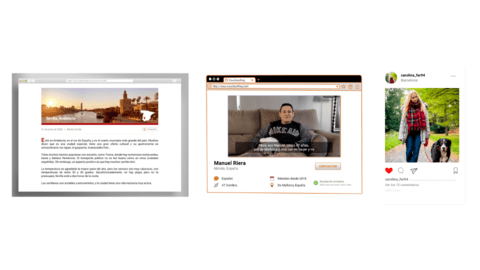
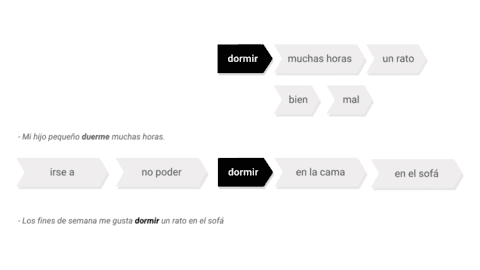

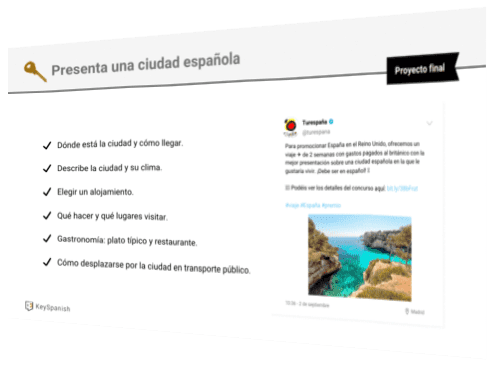
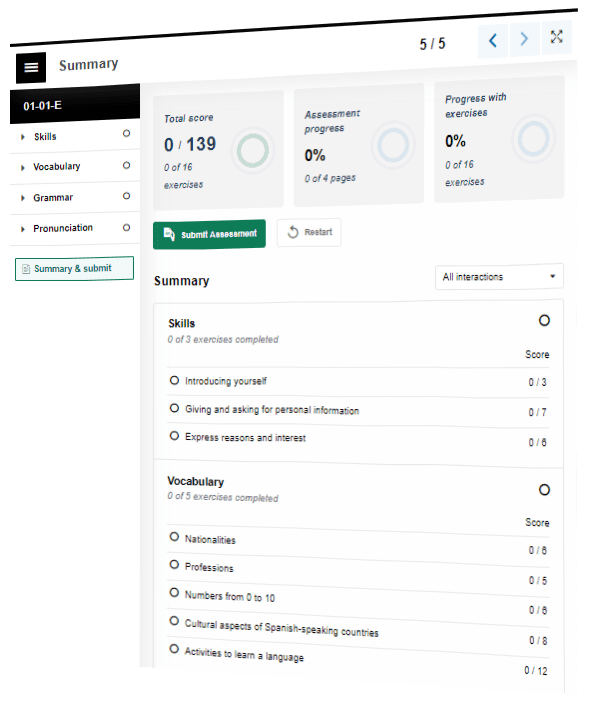
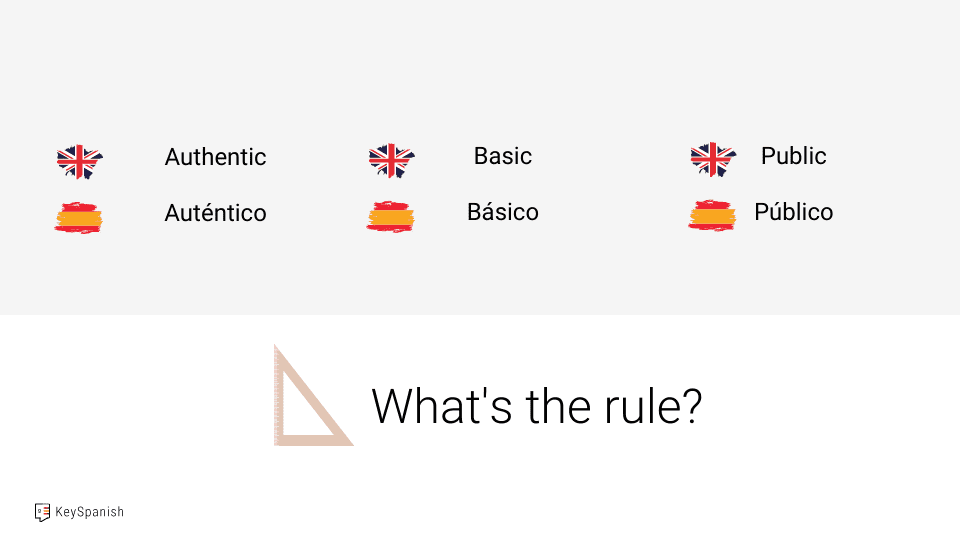
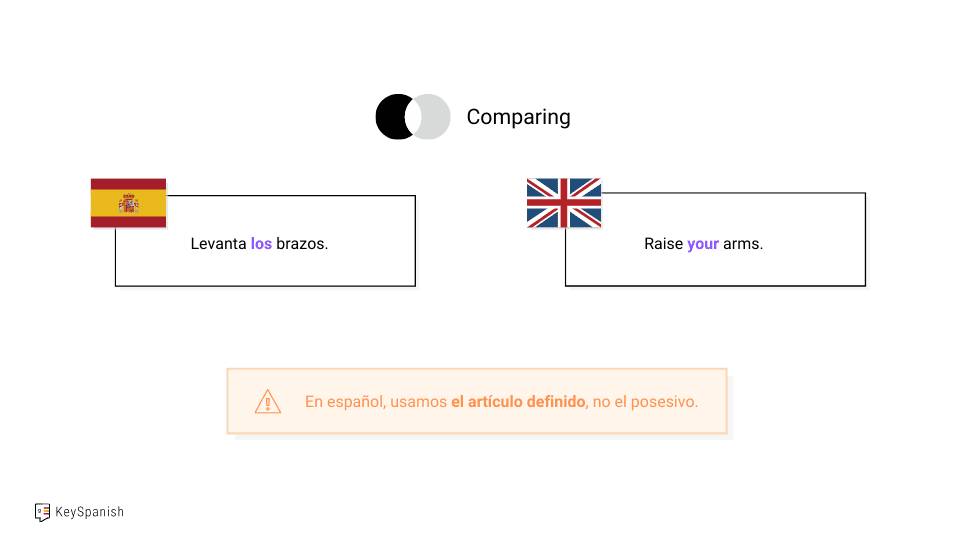


I was born in Palma de Mallorca, Spain, and I've been tutoring online for 6 years, working 1-on-1 with over 300 students and teaching close to 6.000 lessons.
When working with complete beginners, I saw a few challenges:
After experiencing first-hand how much providing them with a structured and rigorous approach helped their progress, confidence and motivation, I set out the mission to develop my own online learning program to bring that experience to everyone, not just to those I had the opportunity to work with 1-on-1.
Spanish Accelerator provides complete beginners a clear and comprehensive step-by-step system to lay down the foundations of this beautiful language.
I strongly believe that a good start is half the battle.


Spanish
Hola, me llamo Alejandro. Nací en Palma de Mallorca, España, y tengo 30 años.
También he vivido en Madrid y en Cáceres, Extremadura, también en España. Enseño español a extranjeros desde hace ya seis años.
Me gusta mucho la tecnología y también soy aficionado al baloncesto.
Es un placer conoceros. Y nos vemos en clase.
English
Hello, my name is Alejandro. I was born in Palma de Mallorca, Spain, and I am 30 years old.
I have also lived in Madrid and in Cáceres, Extremadura, also in Spain. I have been teaching Spanish to foreigners for six years now.
I really like technology and I am also a basketball fan.
It's a pleasure to meet you. And see you in class.
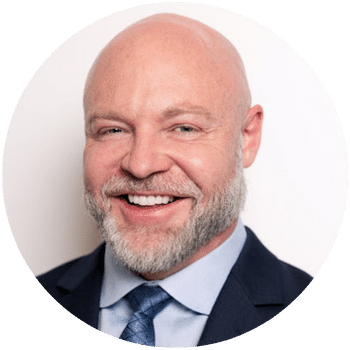

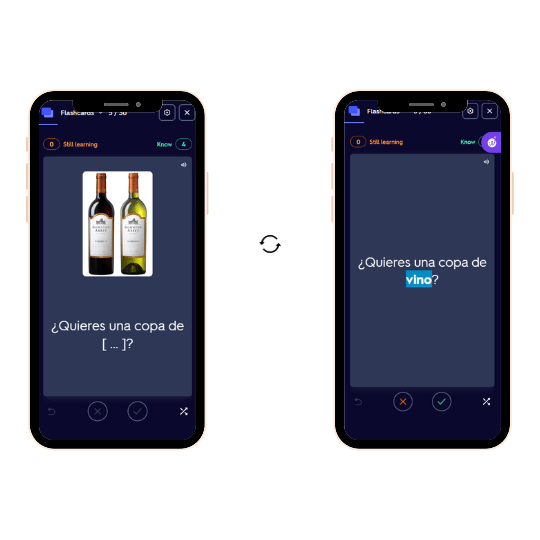
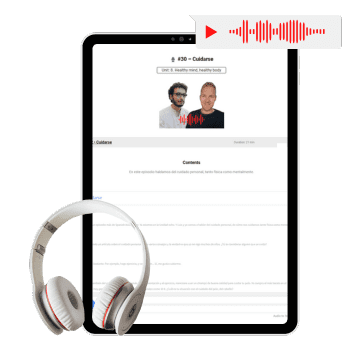
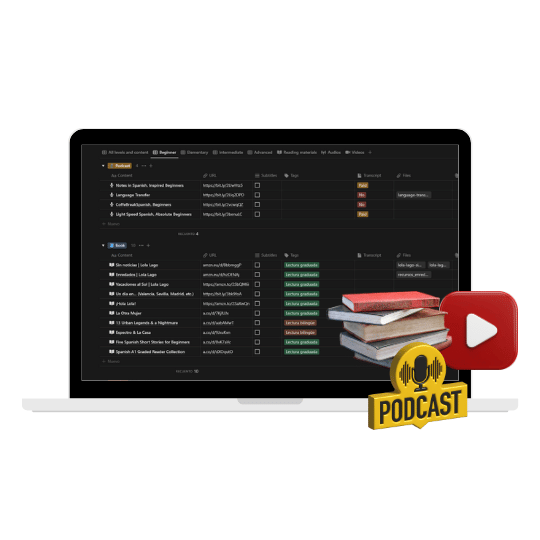


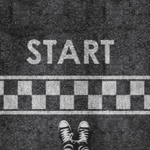



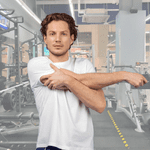





Best case, they’re a good way to build some vocabulary in an engaging way. But a small piece of a well-rounded language learning experience.
Worst (and most frequent case) they’re utterly ineffective, that create a false sense of competence, you’re getting good at the game, not at using real language. Most of them also don’t explain the logic behind the language, and you end up just memorizing words.
The most popular books are just pedagogically poor: grammar books that give you a long list of rules, without context, and then ask you to fill in meaningless sentences. Or vocabulary books with a list of words, a translation and then more meaningless sentences to fill.
The few rigorous textbooks that exist are very hard to use on your own, as they’re designed for a classroom environment. And even then, a very skilled teacher is required to make the most of them.

A classroom can be provide a good learning environment, but most of the time group lessons are frustrating.
You don’t get that much talking time and there’s a huge gap between the students in the group, as they have different language backgrounds, level, mindset and personalities.
This can make the progress too slow or too fast for you. With our online course, you can advance at your own pace, (and save time on commutes).
If you don’t know the basics, it’s hard to have a conversation and get your mistakes corrected, which is the most valuable part of a tutor. Most tutors have a hard time working with complete beginners, and the ones who don’t, can be pricey.
However, as you progress through Spanish Accelerator and lay down your foundation, we encourage you to find a tutor to practice what you’re learning, it’s an excellent addition.
Spanish Accelerator is the perfect course for you as it’s designed to help learners to start from scratch. In the introductory unit, we start with greetings and the alphabet. Then we learn how to ask for clarification and we’ll share some words that you already know as an English speaker.
The video lessons of the first 3 units are taught in English, so you can easily follow along in the beginning. Even after that, all videos have subtitles available, and the audios of the course have transcripts in both Spanish and English.
If you’ve studied a bit of Spanish already, but have not made much progress, you’ll still benefit from the course. The first couple of units can be used as a review, and starting from unit 4, content is taught in Spanish and we’re sure there’ll be new things for you to learn.
However, if you can already interact comfortably in Spanish and understand most of what you hear, this course is not for you. We recommend that you check our Course curriculum and see if you’re already familiar with most of the skills and contents we teach.
Spanish Accelerator lays down your foundation of the language. Specifically. you’ll have:
For a detailed list of the contents covered, check our Course curriculum, where you will also see the projects of each units for more specific language outcomes.
No, fluency (we would first need to discuss what that means precisely) takes years to achieve.
This course is the best first step, it will provide you with a solid foundation of the structure of the language, the most relevant vocabulary, pronunciation, cultural knowledge and learning strategies.
However, this is a course for beginners and at the end of it you'll be able to hold basic conversations, using simple structures and relying on the cooperation of the other speaker. Speaking fluently about complex topics and understanding native speakers at a natural pace will require that you continue learning and improving over time.
The video lessons of the course are prerecorded, which means you can learn at your own pace, at the time that best suits you. There’s no particular time for you to show up for class.
However, we host weekly live Q&A calls with our students to go over any questions you may have, dive deeper into certain topics or just chat, buy they are not lessons.
This calls will be hosted in the evening at UK time, but the exact time and day will be decided through a poll with each cohort. Even if you can’t make it to the calls, you’ll have access to the recordings.
Up to unit 3, the video lessons are in English, and the instructions of the exercises are also in English.
From units 4 to 6, the video lessons are in Spanish, but spoken slowly and clearly. All videos will have English subtitles.
Units 7 to 9 are taught also in Spanish but with Spanish subtitles.
The video lessons, the audios and the contents are created by native speakers from Spain, so you’ll be exposed to European or Castilian Spanish.
However, even with minor differences in certain expressions and pronunciation, the language is the same in Spain and Latin America, we all speak Spanish.
So if you’re interested the Spanish spoken in México, Colombia, Cuba or any other Spanish-speaking country, don’t worry, what you learn in this will be useful anywhere.
As the course is self-paced, it depends on how much time you want to dedicate and your particular learning speed.
Nonetheless, it's designed to be a 20-week program, assuming you dedicate 45 to 60 minutes of daily study, 6 days a week. This study time includes watching the video lessons, doing the reinforcement activities, reviewing flashcards and listening to the audio program.
For comparison, the A1 (beginner) course at Instituto Cervantes, the leading institution in teaching Spanish as a foreign language, has a duration of 60 hours, just considering classroom time (not homework or other activities outside the class).
If you ever see a course that promises to take you to an intermediate or advanced level in a matter of weeks or a few months, be skeptical.
The moment you purchase the course, you’ll get access to the platform to start right away.
If now is not the best time, as long as you purchase before enrollment closes, you can get started whenever suits you.
Forever, you can come back to it whenever you want and repeat the activities as many times as needed. You’ll also get any updates and improvements to the content.
We limit the number of students and the registration date for the same reason: we believe in quality over quantity.
Because we want to provide the best support to our students, give feedback in the community and answer all of your questions in our Q&A calls, we need to limit the number of people we work with simultaneously.
Also, we are always looking to improve the course and implement your suggestions, which requires time and attention.
Lastly, we’re a small team and would like to keep it that way, so limiting the number of students and registration dates simplifies our operations.
We are not sure yet, we aim to open registration 3 to 4 times per year.
After enrollment closes, you’ll see the option of joining the waiting list and we’ll notify you when we open registrations again.
Our prices are in EUR, but you can pay in any other currency.
Absolutely, there’s no risk. Within 14 days of your purchase, if you are not enjoying the course, email us at [email protected] and we’ll issue a refund right away. No questions asked.
On top of that, if after completing the course within a 6 months of your purchase, you think it was not worth it, we’ll also refund you the full amount. We can offer this kind of guarantee because we strongly believe in what we offer.
For details on the guarantees, check our Terms & conditions*.
When purchasing the course, you’ll be taking to a secure checkout page to fill in your account and card details. After the payment, you’ll be redirected to a welcome screen, from which you can access the course platform.
You’ll also receive a welcome email with the link to the course platform.
If you need any help during the process, you can always email us at [email protected].
Sure! We are happy to provide you with an invoice in case you want to expense the course. Just email us at [email protected] with any details you need added to the invoice.
